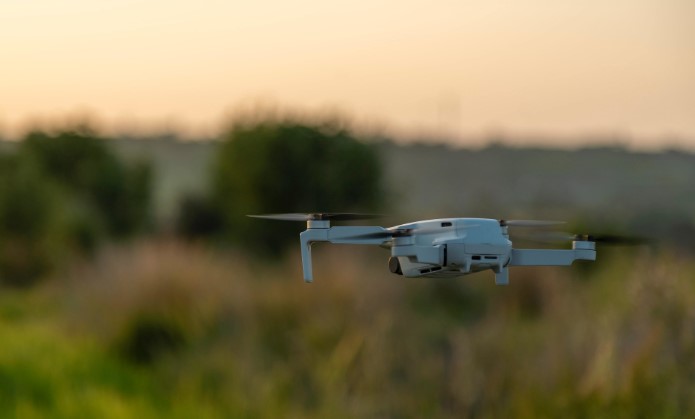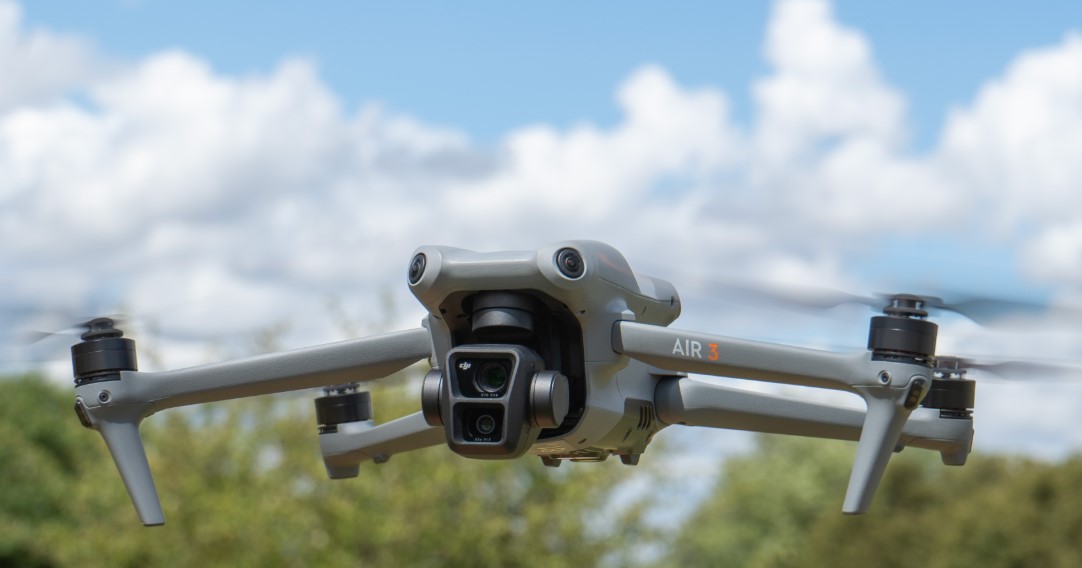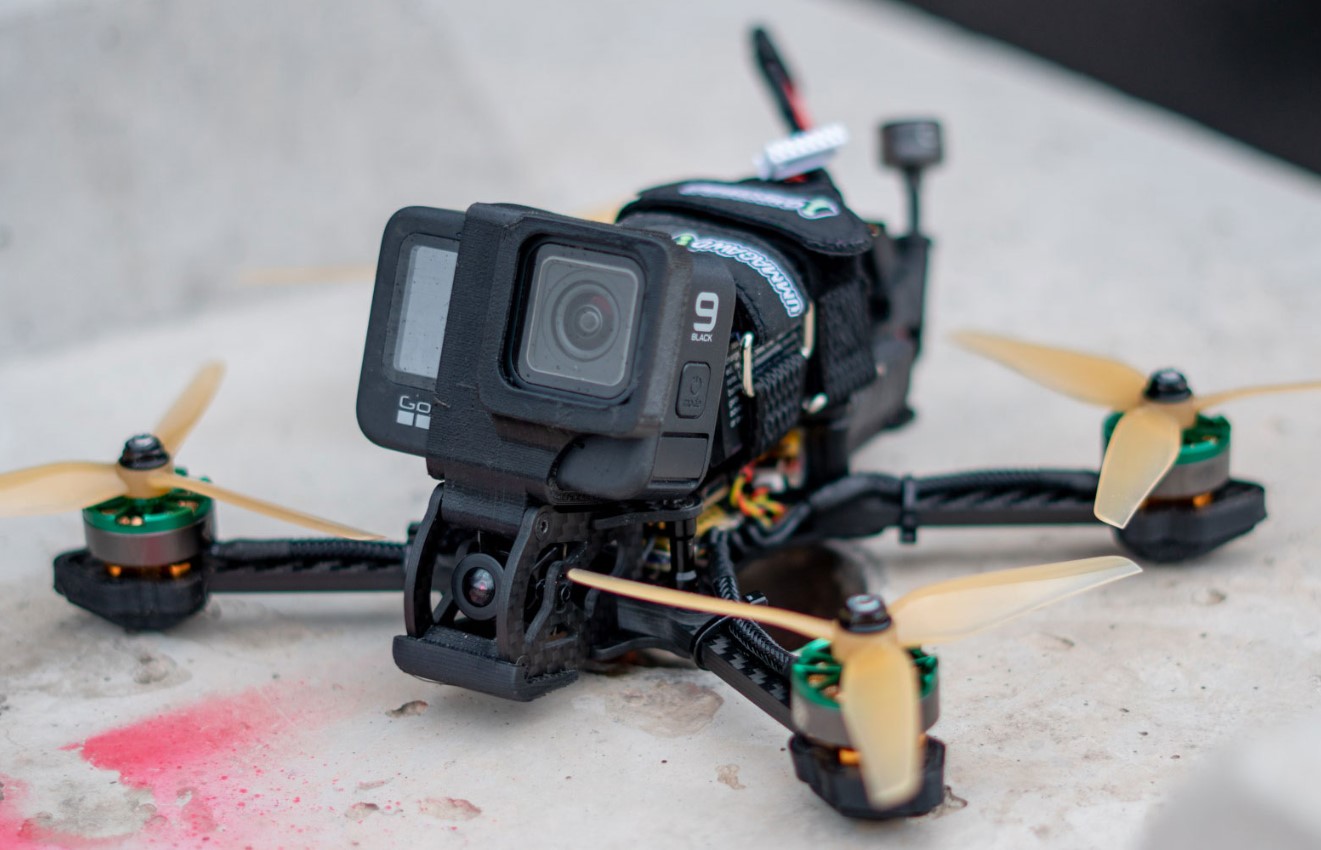How to spot a police drone at night? Dronevoz.com will guide you through key methods, signs, and tools that can help you identify police drones operating at night.
Why Police Use Drones at Night
Before diving into the techniques to spot police drones, it is essential to understand why law enforcement agencies deploy drones at night. Police often use drones for the following purposes:
- Surveillance: Monitoring suspicious activities, large gatherings, or high-crime areas.
- Search and Rescue: Locating missing persons in dark or hazardous conditions.
- Crime Scene Analysis: Gathering data and aerial views of crime scenes, even after sunset.
- Traffic Monitoring: Observing traffic flow and detecting potential violations.
- Security Operations: Ensuring public safety during events or emergencies.
The effectiveness of drones at night stems from their ability to carry thermal cameras, infrared sensors, and LED lights. Recognizing these features will play a significant role in spotting drones.
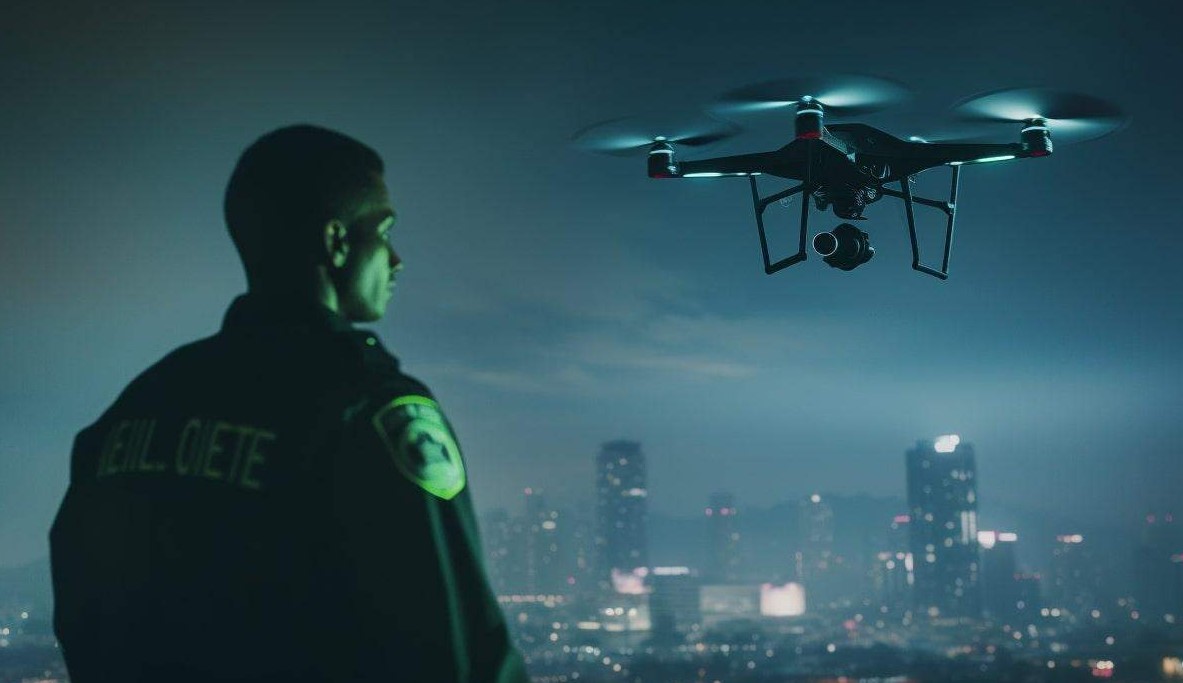
How to Spot a Police Drone at Night?
Spotting a drone at night involves a combination of visual identification, auditory awareness, and the use of external tools. Below are the most reliable methods:
Look for Drone Lights
Drones are typically equipped with navigation lights to improve their visibility and comply with aviation regulations. These lights are especially noticeable at night. Here’s what to watch for:
- Red, Green, and White Lights: Most drones have colored lights to indicate direction and position. Red lights often mark the front, while green or white lights are on the sides or rear.
- Flashing or Strobe Lights: Some police drones use flashing lights to distinguish themselves from consumer-grade drones or to comply with safety standards.
- Infrared or Non-visible Lights: Law enforcement drones might use infrared lights, which are invisible to the naked eye. However, you can detect these with infrared cameras or night-vision equipment.
If you see lights hovering or moving in the sky in a fixed pattern, it is likely a drone. Unlike airplanes, drones tend to stay in one area for extended periods, making their lights easier to identify.
>>> Read More: Is Drone Delivery Legal In India?
Listen for Unusual Sounds
While modern drones are quieter than older models, they still produce a distinct buzzing sound caused by their propellers. This sound is more noticeable at night when ambient noise levels are lower. To detect a drone audibly:
- Pay Attention to the Buzz: Listen for a low, consistent buzzing or humming sound, which is unique to drone propellers.
- Track the Source: Once you hear the sound, try to trace its direction to confirm the presence of a drone.
If you are in a quiet area and hear a faint mechanical whirring overhead, it could be a police drone operating nearby.
Use Night-Vision or Infrared Devices
Police drones are often equipped with infrared (IR) sensors or thermal cameras to operate efficiently in darkness. Although IR lights are invisible to the human eye, they can be detected with specialized equipment:
- Night-Vision Goggles: These devices amplify low-light environments, allowing you to see the outline or shape of a drone.
- Infrared Cameras: IR cameras can detect heat signatures emitted by drones, including their motors and batteries.
- Thermal Scopes: High-quality thermal scopes can identify the heat generated by a drone’s body or electronic components.
If you suspect a drone is nearby, using these tools will make it easier to spot its presence.
>>> Read More: Is It Legal To Fly A Drone At Night In Australia?
Use Mobile Apps and Technology
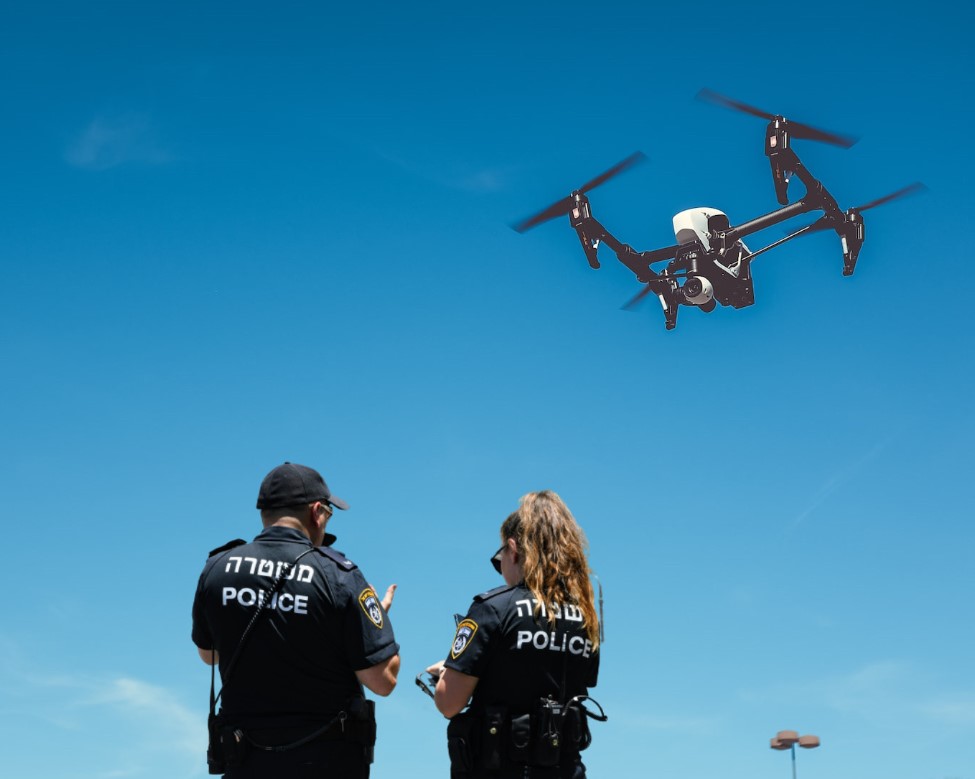
Several tools and apps have been developed to help identify drones in your vicinity. Some options include:
- Drone Detection Apps: Apps like DroneWatcher or AeroScope can detect drones by monitoring radio frequencies used for communication.
- RF Scanners: Radio Frequency (RF) scanners can pick up signals transmitted between a drone and its operator. This method is particularly effective for police drones operating on certain frequencies.
- Anti-Drone Technology: While not always accessible to the public, advanced tools like radar systems or acoustic sensors can identify drones in the sky.
Combining these technologies with visual and auditory cues will improve your ability to detect police drones at night.
Observe Unusual Movement Patterns
Unlike birds or airplanes, drones have distinctive movement patterns:
- Hovering in Place: Police drones often hover in a fixed position to monitor an area.
- Sudden Changes in Direction: Drones can move quickly in various directions without needing to build momentum, unlike larger aircraft.
- Steady, Low Altitude: Most police drones fly at relatively low altitudes, typically below 400 feet, to capture detailed footage.
If you notice an object displaying these behaviors, it is likely a drone rather than a conventional aircraft.
Conclusion
How to spot a police drone at night? Spotting a police drone at night requires a combination of observation, listening, and the use of specific tools or technologies. By looking for lights, listening for propeller noise, tracking flight patterns, and leveraging devices like infrared cameras or mobile apps, you can effectively identify police drones operating under the cover of darkness.
While drones play a significant role in public safety, it is also important to stay informed about their use and protect your privacy. Whether for curiosity or awareness, these tips will equip you to detect police drones and understand their presence in your area.
Always remember to act within legal boundaries when identifying drones. Avoid interfering with drone operations and respect local regulations. With the right approach, spotting drones at night can become a manageable and insightful task.
